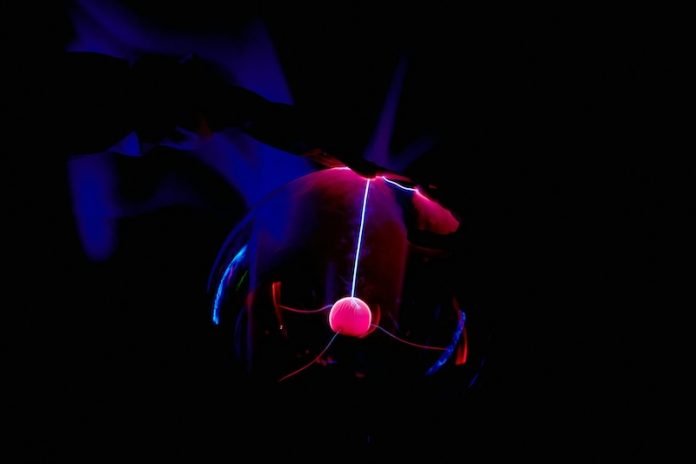
The BESIII collaboration has recently made a significant breakthrough in the study of proton-antiproton interactions, observing a peculiar behavior in the decay process J/ψ→γ3(π+π-).
This finding was published in Physical Review Letters and points toward the possible existence of a proton-antiproton (ppbar) bound state, a concept that has intrigued physicists for decades.
Historically, the idea of nucleon-antinucleon bound states predates the Quark Model, with early propositions made by notable physicists such as Prof. E. Fermi and Prof. C. N. Yang.
Over the years, various experiments have hinted at unusual patterns in the proton-antiproton system near the ppbar mass threshold.
For instance, different decay processes involving J/ψ particles and measurements of the proton’s effective form factor have shown unexpected peaks and sharp declines around this threshold. These anomalies have spurred ongoing speculation and interest in the potential for nucleon-antinucleon bound states.
A key development came in 2013 when BESIII identified a new structure, known as X(1840), during the J/ψ→γ3(π+π-) decay process. This structure, situated near the ppbar mass threshold, suggested that further investigation was needed to understand its characteristics.
Consequently, BESIII undertook a more detailed analysis using a massive dataset—10 billion J/ψ events, about 45 times larger than the initial sample used to discover X(1840).
This extensive study revealed an anomalous line shape in the 3(π+π-) mass spectrum around the ppbar mass threshold.
Through sophisticated modeling, including a coherent sum of two Breit-Wigner parameterizations, the researchers identified a new resonance, designated X(1880).
This resonance showed a mass of 1882.1±1.7±0.7 MeV/c^2 and a width of 30.7±5.5±2.4 MeV/c, with a statistical significance exceeding 10σ. These measurements are particularly notable because they closely align with the ppbar mass threshold, bolstering the hypothesis of a ppbar bound state.
The proximity of X(1880)’s mass to the ppbar threshold is a compelling piece of evidence supporting the existence of such bound states, potentially opening new avenues for understanding the fundamental forces and particles that govern atomic interactions.
The findings have not only enriched the field of particle physics but have also been recognized by Physical Review Letters as a featured article, highlighting their importance to the broader scientific community.
This research by the BESIII collaboration marks a significant step forward in the exploration of proton-antiproton interactions and the mysterious phenomena surrounding the ppbar mass threshold. It continues to inspire further theoretical and experimental work to unravel the complexities of the subatomic world.
The research findings can be found in Physical Review Letters.
Copyright © 2024 Knowridge Science Report. All rights reserved.



